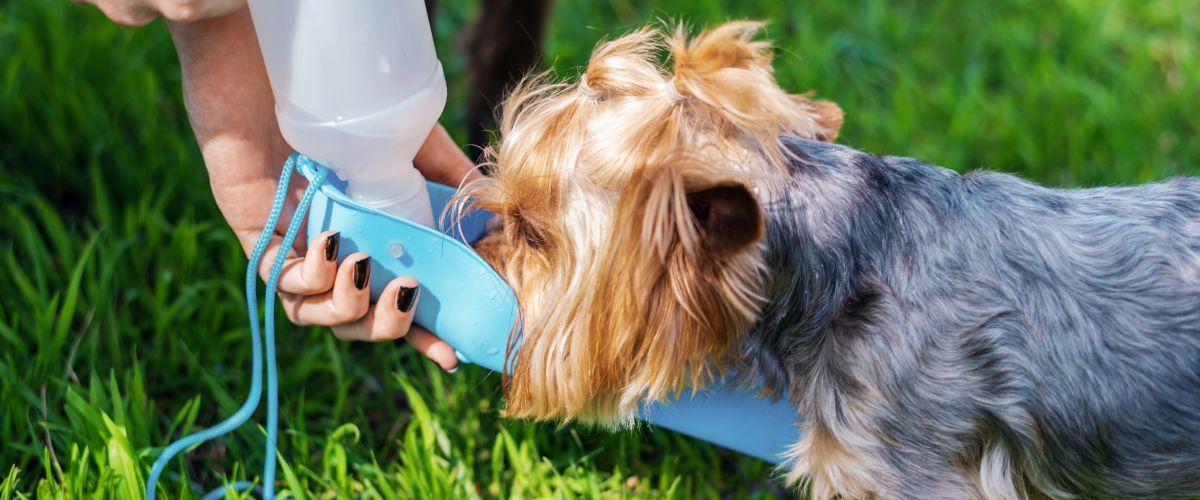Healthy play time with your Pet
Engaging in regular, healthy playtime with your pet is one of the best ways to strengthen your bond, keep them physically fit, and provide mental stimulation. Whether you have a dog, cat, or any other furry friend, playtime is essential for their well-being. Here’s how you can make the most of playtime with your pet, ensuring it’s not only fun but also safe and healthy.
1. Understanding the Importance of Playtime
Playtime is more than just a way for pets to expend energy; it’s vital for their mental and emotional well-being. Regular play can help reduce stress, prevent behavioral problems, and promote a longer, healthier life. For pets, especially those who spend a lot of time indoors, playtime provides an opportunity to engage in physical exercise and mental challenges that mimic their natural instincts, like hunting or chasing.
2. Choose the Right Toys
Selecting the right toys is crucial to ensuring that your pet stays safe during playtime. For dogs, chew toys, balls, and tug ropes can provide hours of fun while helping maintain dental health. Cats typically enjoy toys that stimulate their hunting instincts, like feather wands, laser pointers, and small stuffed toys. Avoid toys with small parts that could be swallowed or cause choking, and make sure they’re durable enough to withstand regular play.
3. Interactive Play to Strengthen Your Bond
One of the best ways to ensure healthy playtime with your pet is through interactive games that involve both you and your pet. For dogs, playing fetch, tug-of-war, or agility games are great ways to get them moving and keep them mentally stimulated. Cats, on the other hand, may enjoy chasing a laser pointer, pouncing on a feather wand, or exploring puzzle toys. Interactive play not only provides physical exercise but also strengthens the bond between you and your pet, as they look to you for engagement and fun.
4. Know Your Pet’s Limits
Every pet has different energy levels and playtime preferences. While some dogs may have boundless energy and enjoy long sessions of fetch, others may prefer short bursts of activity. Similarly, older pets or those with health issues may not be able to handle high-intensity play. Pay attention to your pet’s signals—if they seem tired, start panting heavily, or lose interest, it’s time to give them a break. Tailoring playtime to your pet’s individual needs ensures they get the exercise they need without overexertion.
5. Mental Stimulation Through Play
Incorporating mental challenges into your pet’s playtime is just as important as physical exercise. Puzzle toys, treat-dispensing balls, and games that require problem-solving can keep your pet mentally sharp and prevent boredom. For dogs, games like hide-and-seek, where you hide a treat or toy for them to find, are great for engaging their senses and intellect. Cats can benefit from interactive toys that encourage them to “hunt” or “catch” moving objects, satisfying their natural instincts while keeping their minds active.
6. Safety First During Playtime
Safety should always be a top priority when playing with your pet. Make sure your play area is free from hazards such as sharp objects, fragile items, or anything that could cause injury if knocked over. For outdoor play, use a secure, fenced area or keep your pet on a leash to prevent them from running into dangerous situations. If you’re engaging in activities like fetch, make sure to use pet-safe balls that won’t splinter or break apart. Regularly inspect toys for wear and tear and replace them as needed to avoid choking hazards.
7. Mix Up Your Playtime Routine
Keeping playtime fresh and exciting is key to maintaining your pet’s interest and enthusiasm. Rotate their toys to prevent boredom, or introduce new games and challenges to keep things fun. For dogs, you can create an obstacle course in your backyard, try new fetch variations, or take them on a hike for a change of scenery. Cats may enjoy exploring different rooms or heights within your home, or engaging in new games that stimulate their hunting instincts. Mixing up the routine ensures that your pet stays engaged both physically and mentally.
8. Play for All Ages
It’s important to adapt playtime to your pet’s age and health. Puppies and kittens often have higher energy levels and may require more active play sessions. Older pets, while still benefiting from regular play, may need gentler, low-impact activities. For senior dogs, slow walks, gentle fetch with a soft toy, or puzzle games are ideal. Senior cats may enjoy slower, quieter play sessions that involve batting at a toy or exploring a new environment. Adjusting your playtime activities based on your pet’s age ensures they stay active without risking injury or exhaustion.
Conclusion
Healthy playtime with your pet is essential for their physical, mental, and emotional well-being. By choosing the right toys, engaging in interactive and mentally stimulating activities, and keeping safety in mind, you can create a fun and healthy play routine that benefits both you and your pet. Remember to be mindful of your pet’s limits and adjust your playtime sessions to their age and energy levels to ensure they enjoy a balanced and happy life.
The post Healthy play time with your Pet appeared first on Angelpaw.







